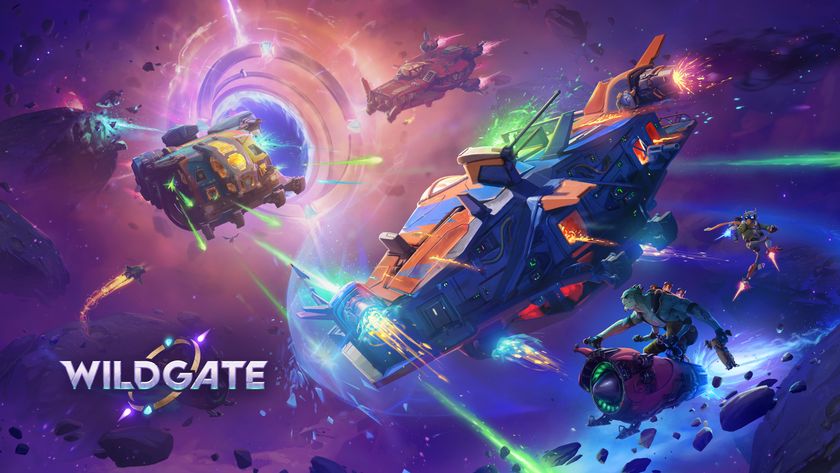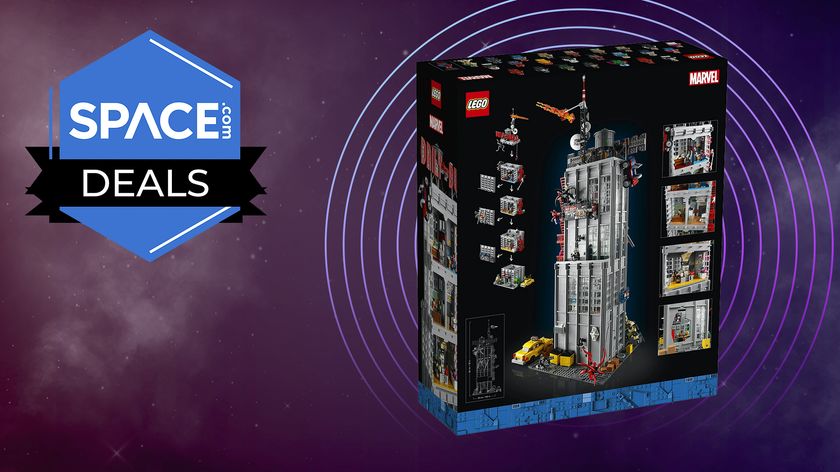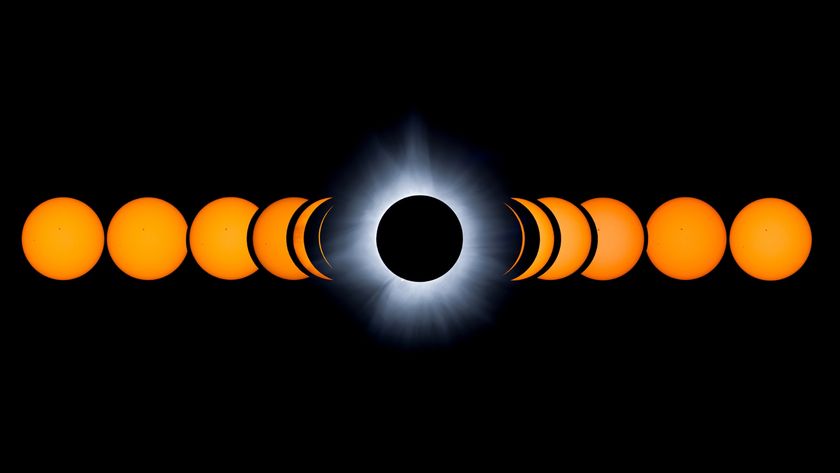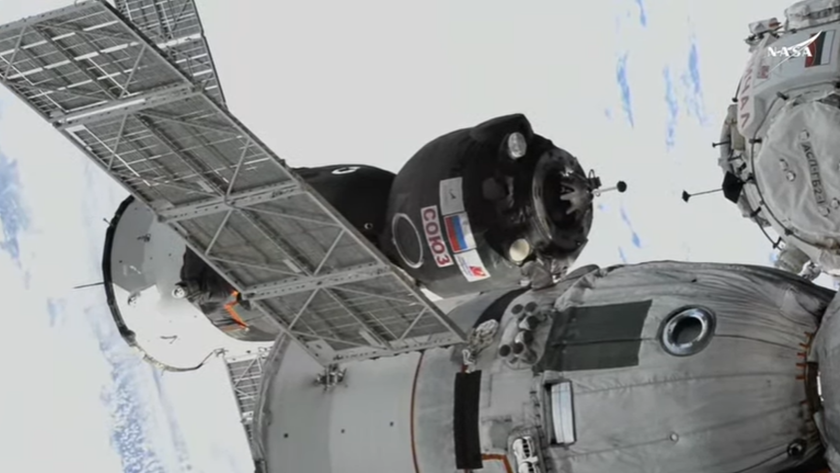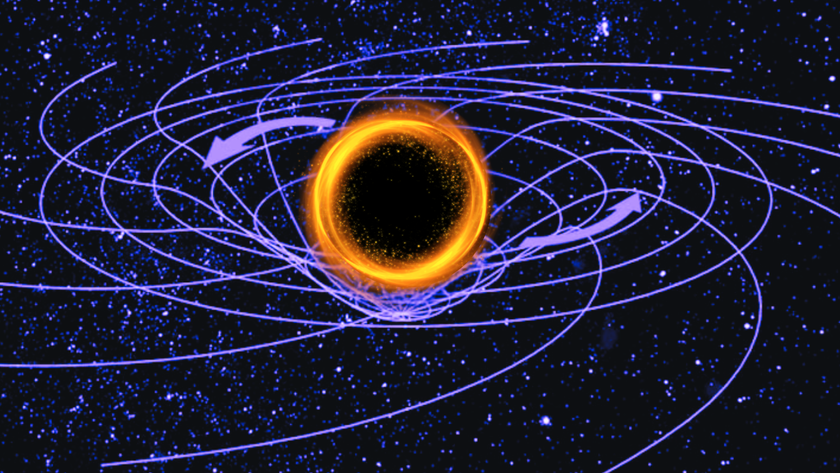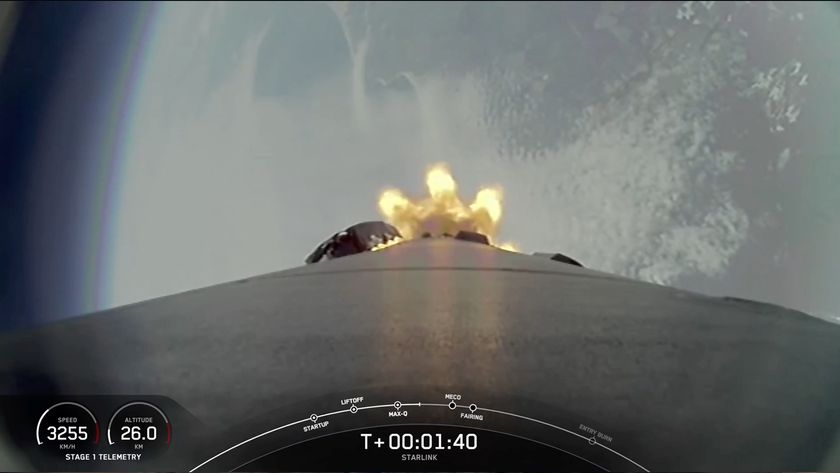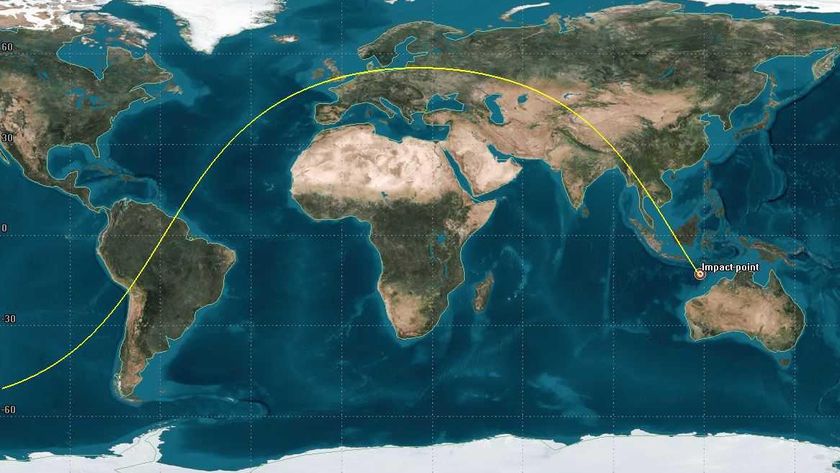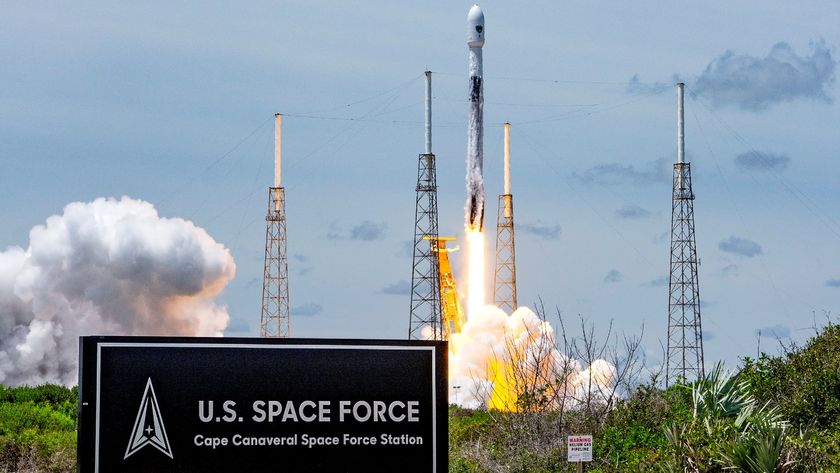NASA, Lego celebrate Earth Day's 50th anniversary with 'Build A Planet' challenge
Build your own strange, new world.
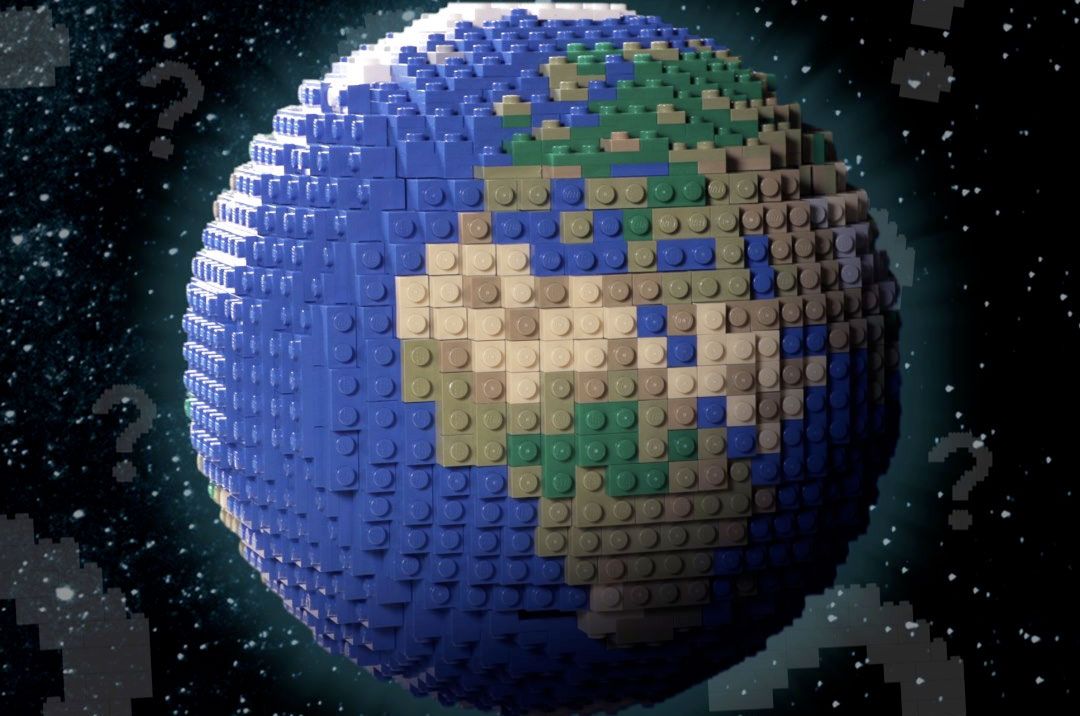
Fifty years after an astronaut's photo of our home planet gave rise to the first celebration of Earth Day, NASA has turned to another medium to "piece together" a planetary formation challenge.
NASA and Lego announced the toy company's new "Build a Planet" activity on Wednesday (April 22), the 50th annual Earth Day. Launched as part of NASA's "Earth Day at Home" programming and The Lego Group's #LetsBuildTogether initiative, the Build a Planet one-day challenge is aimed at highlighting the space agency's role in studying and preserving Earth while helping families to celebrate Earth Day while at home and apart in response to the coronavirus pandemic.
"The Lego Group is celebrating the 50th anniversary of Earth Day by asking builders to think globally," the company said in a statement. "This Earth Day, in collaboration with our partners at NASA, we want to remind Lego fans of all ages that space exploration is a vital component of appreciating and protecting our global home!"
Related: Earth Day 2020! Celebrate our planet with these online activities
More: How Apollo 8's 'Earthrise' photo helped spark the first Earth Day


Sharing images of several planets assembled from its toy bricks — including one modeled after Earth, Lego promoted the challenge on its social media accounts.
"Blast off! Today's challenge is to Build A Planet... Earth, or beyond!" wrote Lego on its Twitter, Facebook and Instagram channels on Wednesday. "Humanity's journey beyond Earth has allowed us to better understand our own planet. This knowledge will help shape future exploration of new places in our solar system too!"
Continuing a week of #LetsBuildTogether challenges each with a different theme, the Lego Build A Planet activity promotes learning through play at home. Families are encouraged to share their planetary creations online.
Get the Space.com Newsletter
Breaking space news, the latest updates on rocket launches, skywatching events and more!
"Earthlings, assemble!" NASA posted to its social media channels. "Share your creations using [the hashtags] #LetsBuildTogether and #EarthDayAtHome so we can see your masterpieces!"
NASA planned to engage with some of the builders sharing planets online by providing more information about the real destinations that the brick-built worlds represent. In addition to the planets in our own solar system, the space agency was also ready to share details about the exoplanets found in orbit around stars other than our sun.
Related: New 'Space Fan' Lego minifigure sports her own NASA model rocket
"During my stay here on the ISS [International Space Station], one of my favorite activities was to look out of the window admire our beautiful home planet, taking a moment to appreciate the extraordinary diversity of ecosystems and life in Earth's cradle," NASA astronaut Jessica Meir said in video message recorded before she departed the space station to return to Earth on Friday (April 17).
"As NASA returns humans to the moon and eventually beyond, views of our home planet from these space explorers will continue to amaze and inspire the world," she said.
The first Earth Day was celebrated in 1970 based on the inspiration and change of perspective provided by a photograph of Earth as seen from the moon.
"The iconic [1968] Apollo 8 Earthrise photo of Earth appearing over the moon's horizon helped unite a generation into appreciating the fragility of the Earth," said Meir in her Earth Day video.
Today’s #LetsBuildTogether challenge is to BUILD A PLANET... Earth or beyond! 🌍🚀 We’ve teamed up with @NASAEarth to celebrate the 50th anniversary of #EarthDayatHome. Humanity’s journey beyond Earth has unlocked a better understanding of our own planet. pic.twitter.com/qIaNhFEzuzApril 22, 2020
Our Sun has showed up to the #LetsBuildTogether #EarthDay party! Just watch out for those solar flares! ☀️ #EarthDayAtHome https://t.co/e83zIHCNMJApril 22, 2020
Apollo 8 astronaut Bill Anders, who is credited with taking the famous photo of Earthrise, reflected on his mission and said, "We came all this way to explore the Moon, and the most important thing is that we discovered the Earth."
The Earth Day Build A Planet challenge continues the partnership between NASA and Lego that has included astronauts assembling Lego kits on the International Space Station and Lego minifigures being launched to Jupiter on board NASA's Juno probe. The 2019 Lego City Mars Exploration sets were based on NASA's own designs for extending humanity beyond low Earth orbit to the moon and Mars.
- Earth science is more important than ever (op-ed)
- Lego releases International Space Station, offers bonus space patch
- Earth science missions are still challenged 50 years after 1st Earth Day
Follow collectSPACE.com on Facebook and on Twitter at @collectSPACE. Copyright 2020 collectSPACE.com. All rights reserved.
OFFER: Save 45% on 'All About Space' 'How it Works' and 'All About History'!
For a limited time, you can take out a digital subscription to any of our best-selling science magazines for just $2.38 per month, or 45% off the standard price for the first three months.
Join our Space Forums to keep talking space on the latest missions, night sky and more! And if you have a news tip, correction or comment, let us know at: community@space.com.

Robert Pearlman is a space historian, journalist and the founder and editor of collectSPACE.com, a daily news publication and community devoted to space history with a particular focus on how and where space exploration intersects with pop culture. Pearlman is also a contributing writer for Space.com and co-author of "Space Stations: The Art, Science, and Reality of Working in Space” published by Smithsonian Books in 2018.In 2009, he was inducted into the U.S. Space Camp Hall of Fame in Huntsville, Alabama. In 2021, he was honored by the American Astronautical Society with the Ordway Award for Sustained Excellence in Spaceflight History. In 2023, the National Space Club Florida Committee recognized Pearlman with the Kolcum News and Communications Award for excellence in telling the space story along the Space Coast and throughout the world.


